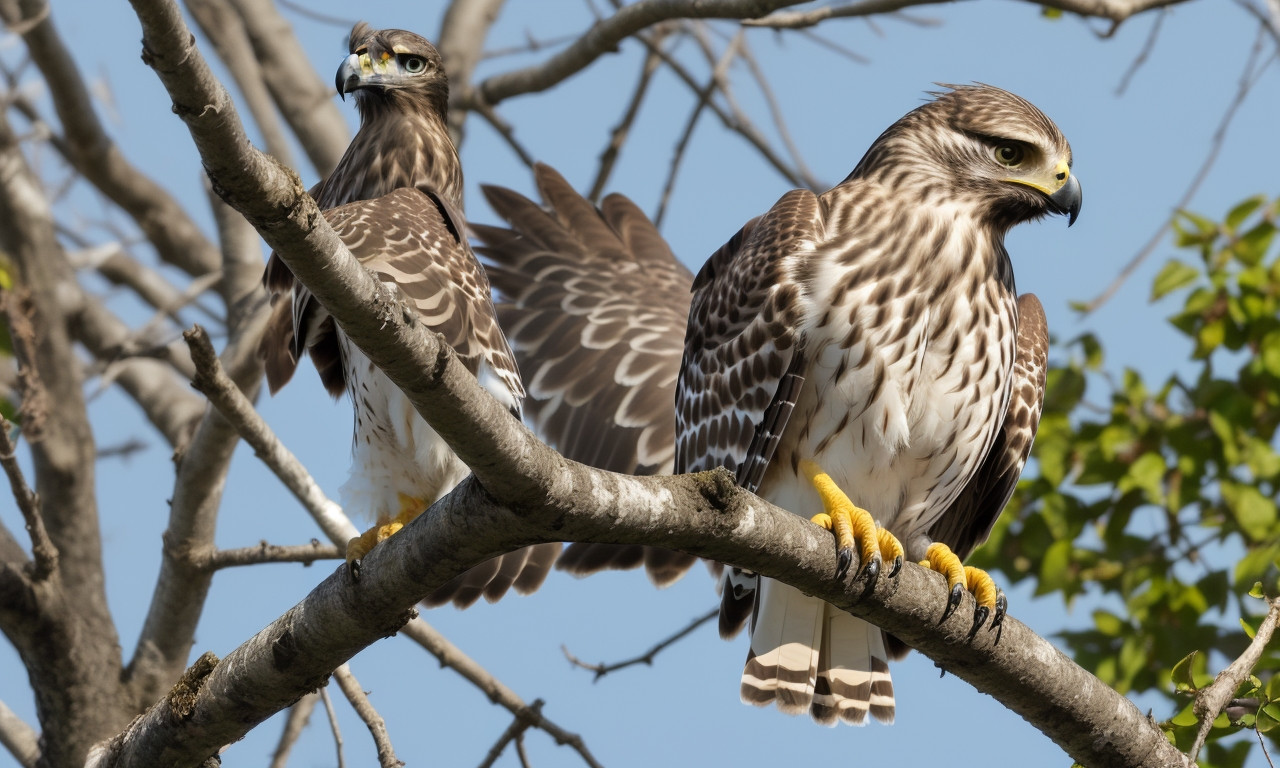Hawks in Virginia – Quick Guide to Identifying Common Species: Witness the majestic flight of Virginia’s most captivating raptors as we delve into the fascinating world of hawks. Ever wondered which species just soared above you? This essential guide unravels the secrets to spotting and identifying the impressive hawks that call Virginia home. From the fierce Red-tailed Hawk to the elusive Cooper’s Hawk, join us on a journey through the skies—and never miss a chance to marvel at these aerial hunters again. Don’t just look up; discover what’s soaring up there!
Hawks That Live In Virginia
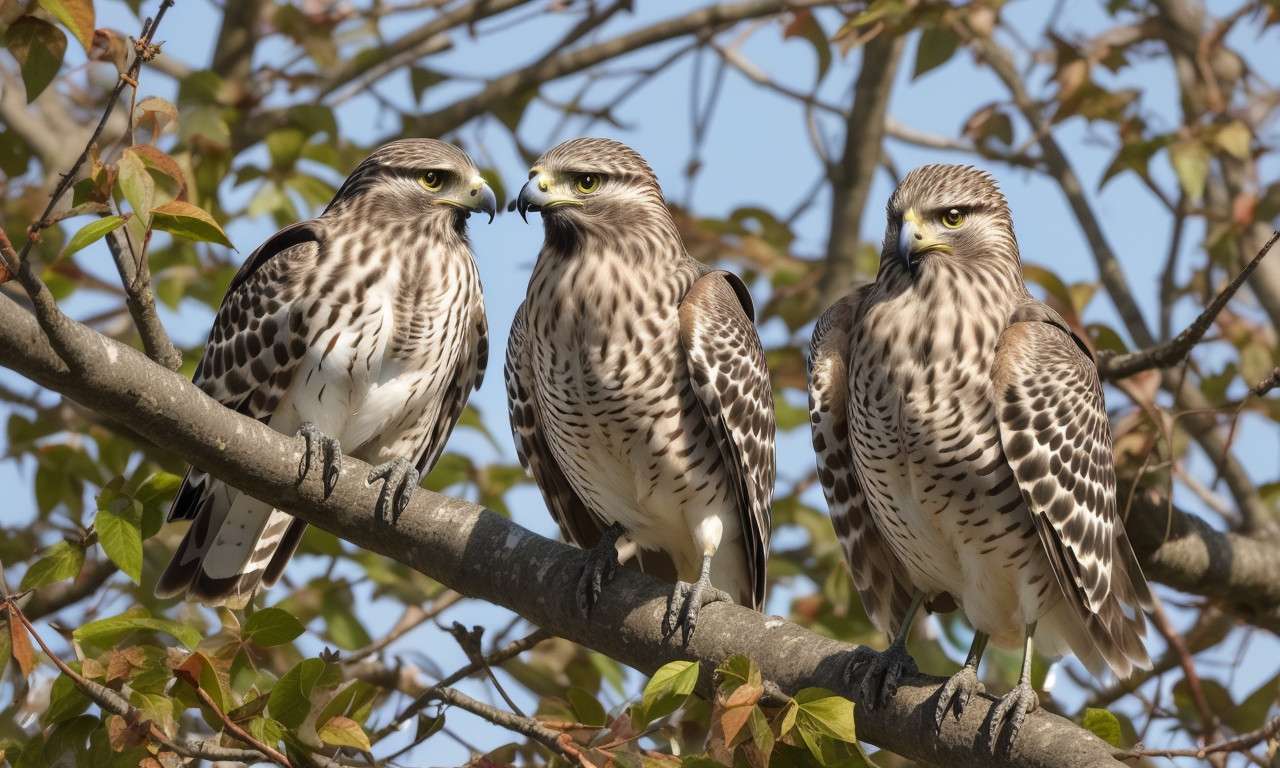
Virginia is home to a diverse range of hawk species, each captivating in its own right. For birdwatchers and nature enthusiasts eager to delve into the avian wonders of this region, identifying the various hawks that live in Virginia can be both thrilling and educational. Among the most common are the Red-tailed Hawk, Cooper’s Hawk, and the Broad-winged Hawk. The Red-tailed Hawk is perhaps the easiest to spot, with its signature reddish-brown tail and broad, rounded wings. Often seen soaring high in open fields, this raptor is a formidable predator.
In contrast, the Cooper’s Hawk, with its sharp features and slate-gray back, frequents wooded areas where it showcases its agility. This hawk’s quick, surprise attacks make it adept at catching smaller birds. The Broad-winged Hawk migrates to Virginia during the spring and is recognized by its compact build and distinctively banded tail. These hawks tend to gather in large groups, known as kettles, during migration.
Understanding the habitats and behaviors of the hawks that live in Virginia enhances the birdwatching experience. Whether you’re observing from your backyard or exploring state parks, knowing how to identify these magnificent hunters offers a deeper connection to Virginia’s rich wildlife.
Red-shouldered Hawk
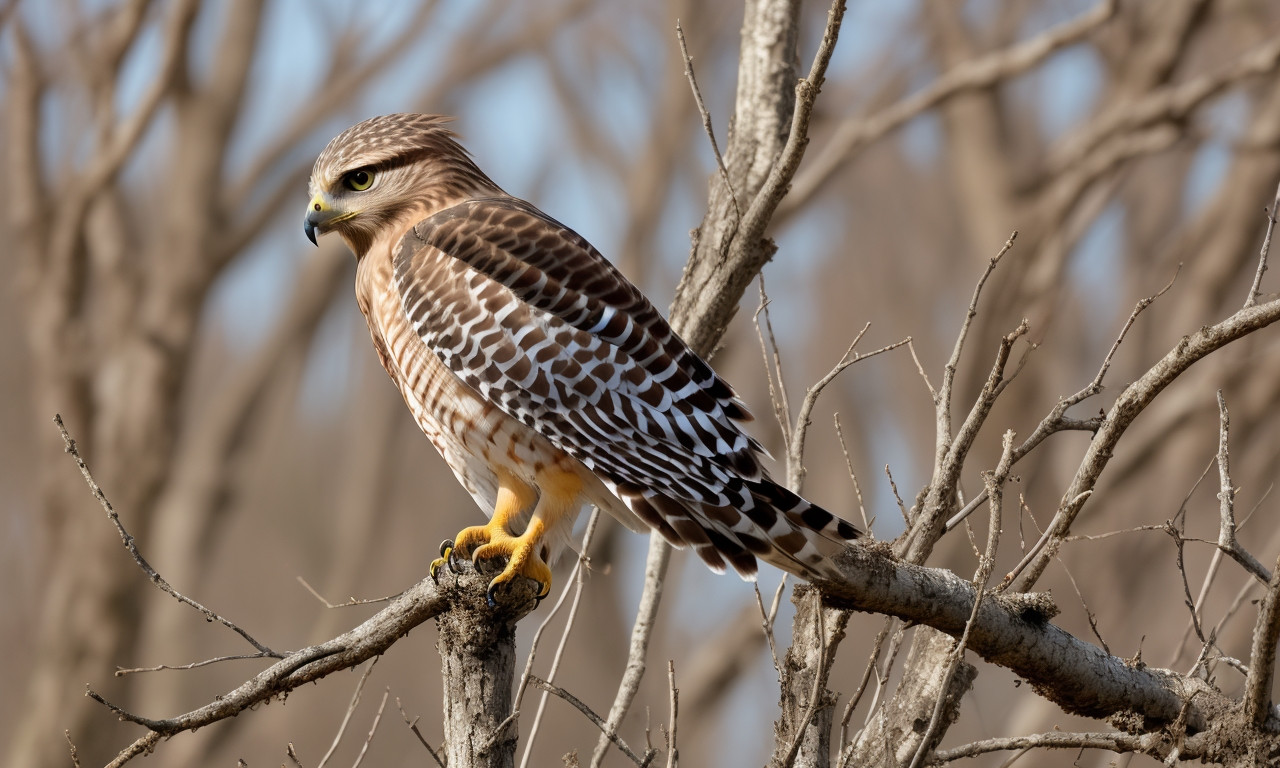
Virginia is a haven for bird enthusiasts and hawk watchers, offering numerous opportunities to observe these raptors in their natural habitat. Among the various species, the Red-shouldered Hawk stands out as a must-see for any amateur or seasoned bird watcher. This medium-sized hawk, distinctive in its striking markings, is relatively easy to identify once you know what to look for.
The Red-shouldered Hawk sports a rich, reddish-brown hue across its shoulders, hence its name, and displays black and white checkering on its wings. Its tail is adorned with thick, dark bands. You’ll often find these hawks perched high in deciduous forests, especially near water bodies, as they have a preference for such environments. They are also known for their loud, distinctive calls which can be a great aid in locating them.
When exploring hawk species in Virginia, it’s beneficial to note the specific behaviors and habitats associated with the Red-shouldered Hawk. These hawks hunt mostly small mammals, amphibians, and occasionally birds, often gliding silently through forested areas. Spotting a Red-shouldered Hawk in Virginia will enrich your birding experience, giving you a deeper appreciation for the state’s diverse avian life. Making a mental note of their unique characteristics and habitats will assist you in quickly identifying this stunning raptor on your next outdoor adventure.
Red-tailed Hawk
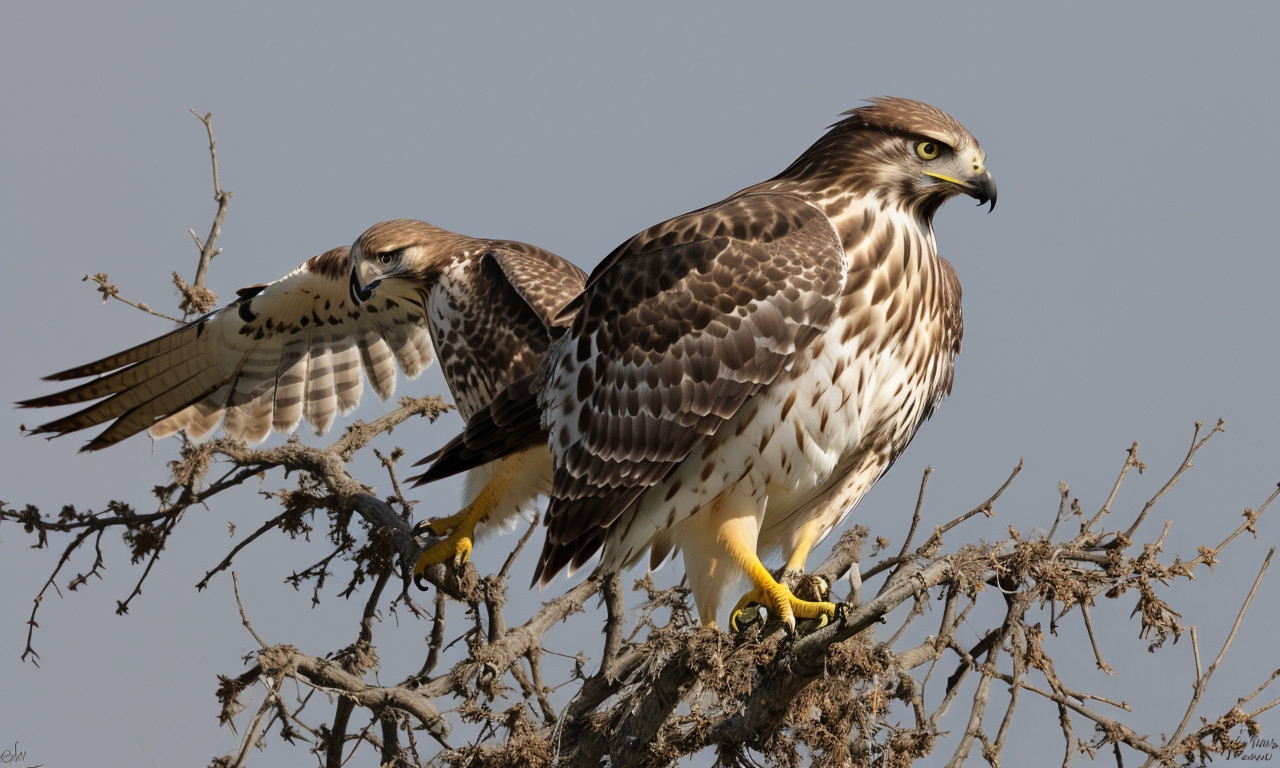
Hawks in Virginia offer birdwatchers and nature enthusiasts an incredible chance to witness the aerial prowess of these majestic raptors. Among the most common species is the Red-tailed Hawk, renowned for its distinctive reddish-brown tail, often fanned out during flight. This bird of prey has broad wings and a short, wide tail that makes it easily recognizable even from a distance. The body of the Red-tailed Hawk is typically brown with a paler underside, heavily streaked with dark spots.
Commonly seen perched high on telephone poles or soaring in wide circles in search of prey, the Red-tailed Hawk is adaptable to various habitats, from woodlands to open fields. Its piercing scream is often heard before the bird comes into view, adding an auditory delight to its visual appeal.
Understanding the habits of Red-tailed Hawks, such as their hunting techniques and nesting behaviors, enhances the birdwatching experience. They predominantly feed on small mammals, which they locate using their exceptional vision. During the breeding season, they build large nests high up in trees, often reused year after year.
By familiarizing yourself with the physical and behavioral traits of the Red-tailed Hawk, you can more easily identify it among the many hawk species thriving in Virginia. Whether you’re a seasoned birder or a curious newcomer, appreciating the Red-tailed Hawk enriches your connection to the natural world.
Cooper’s Hawk
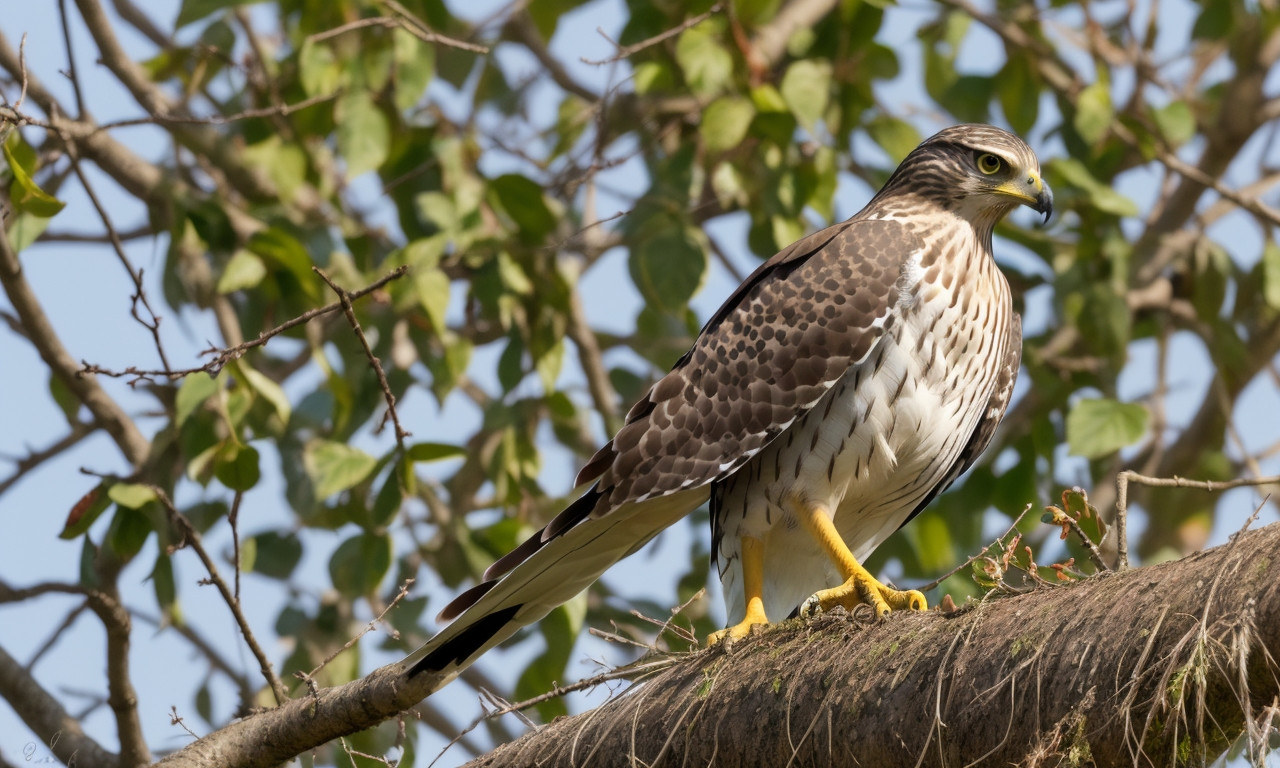
Virginia is home to a diverse array of hawk species, making it a prime location for birdwatchers. One of the most fascinating species to spot is the Cooper’s Hawk. These medium-sized raptors are adept hunters known for their agility and speed. Equipped with strong, rounded wings and a long tail, Cooper’s Hawks navigate through dense tree canopies in pursuit of their prey, which primarily consists of small mammals and birds.
Identifying a Cooper’s Hawk in Virginia requires attention to several key features. Adults possess a slate gray back and reddish barred chest, while juveniles display a browner appearance with streaked underparts. Their piercing red eyes are another distinct characteristic in mature birds, whereas younger hawks have yellow eyes. Observers are often intrigued by the way these hawks silently glide between trees, their wings tucked tightly to their bodies.
Besides Cooper’s Hawks, Virginia also hosts Red-tailed Hawks, Red-shouldered Hawks, and Broad-winged Hawks, each with unique identifiers. The Cooper’s Hawk, however, stands out for its woodland hunting prowess and adaptability to suburban areas. For anyone interested in hawk identification in Virginia, understanding the traits of Cooper’s Hawks is a rewarding start. Their presence not only enriches local biodiversity but also offers an engaging challenge for bird enthusiasts.
Northern Harrier
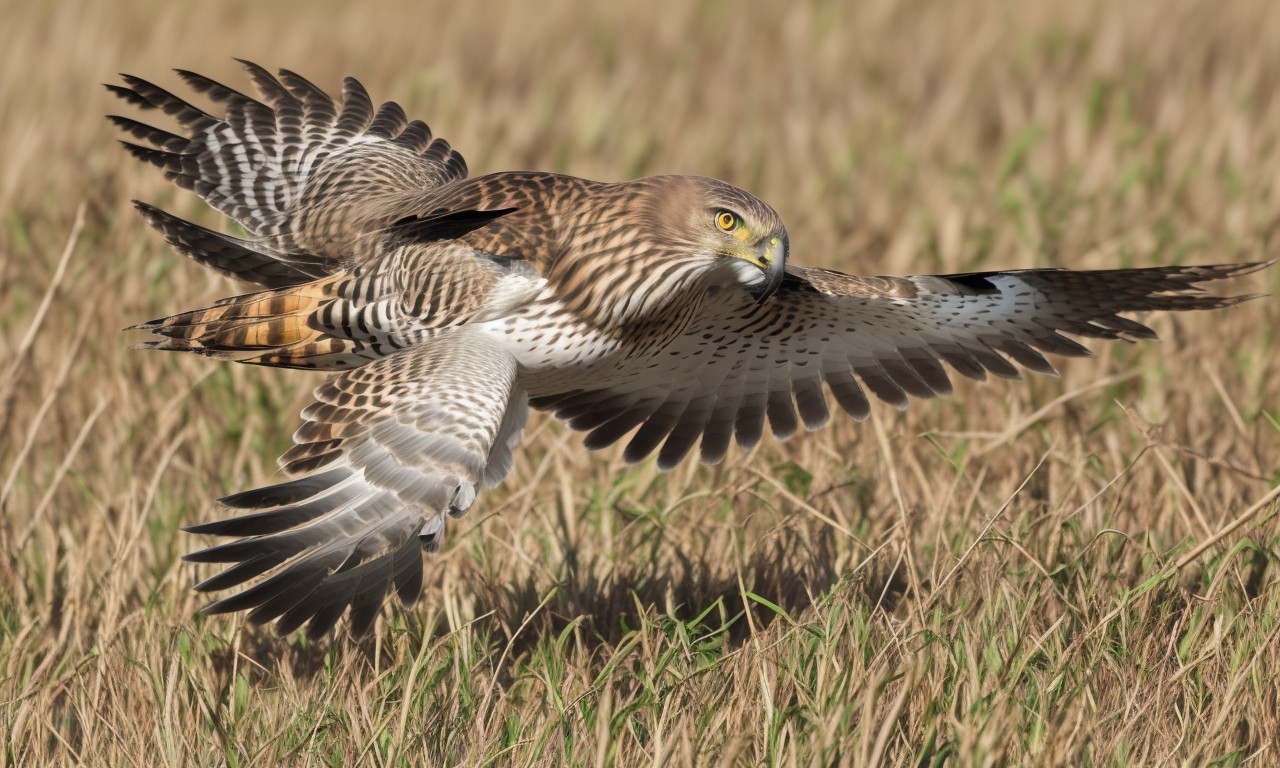
Hawks in Virginia offer a diverse array of species, each with unique characteristics. One standout species in the region is the Northern Harrier, a fascinating bird that’s relatively easy to identify once you know what to look for. The Northern Harrier is often seen gliding gracefully over open fields and marshlands, making it a common sight for both amateur and experienced birdwatchers in Virginia.
Distinguishing features of the Northern Harrier include its slim body and long wings, which make it well-suited for low, slow flights as it hunts for prey. One standout characteristic is the bird’s white rump patch, easily visible when it is in flight. Additionally, males and females exhibit sexual dimorphism; males are typically grey above with a white underbody, while females are more brownish overall and larger in size.
Aside from the Northern Harrier, Virginia is home to other notable hawk species such as the Red-tailed Hawk and the Cooper’s Hawk. However, the Northern Harrier stands out due to its unique hunting behavior and striking appearance. Understanding these features will enrich your birdwatching experience and help you accurately identify these incredible birds in their natural habitat. With patience and keen observation, spotting a Northern Harrier will become a highlight of your birdwatching adventures in Virginia.
Sharp-shinned Hawk
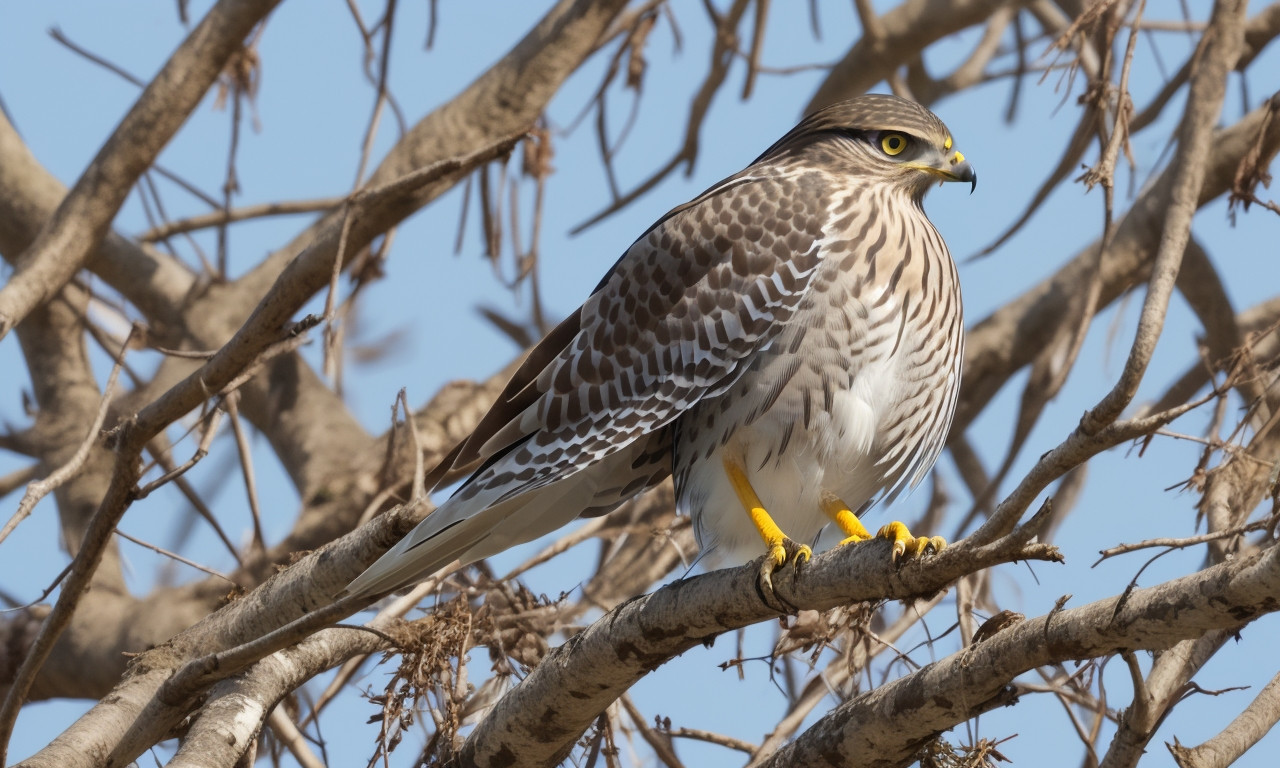
Virginia is home to several species of hawks, each with distinct features that make identification a fascinating endeavor. Among them, the Sharp-shinned Hawk stands out due to its unique characteristics and behavior. These small hawks, typically no more than a foot in length, are known for their agility and incredible speed, making them efficient hunters of smaller birds and insects. Sharp-shinned Hawks exhibit a slender build with relatively short, rounded wings and long tails that provide excellent maneuverability through dense forests and wooded areas.
Immature Sharp-shinned Hawks display a brown plumage with streaked underparts, while adults have a striking blue-gray back with reddish barring on the chest. This contrast makes the Sharp-shinned Hawk distinct from other hawks, such as the Cooper’s Hawk, which is often mistaken for it. One distinguishing feature of the Sharp-shinned Hawk is its prominent, squared-off tail, differing from the rounded tail of its look-alike.
Observing the Sharp-shinned Hawk in its natural habitat offers bird enthusiasts insight into its hunting tactics, often involving short bursts of speed through trees and shrubs to capture prey. From their physical attributes to their behavioral patterns, identifying a Sharp-shinned Hawk in Virginia can be a rewarding experience for bird watchers and nature lovers alike.
Broad-winged Hawk
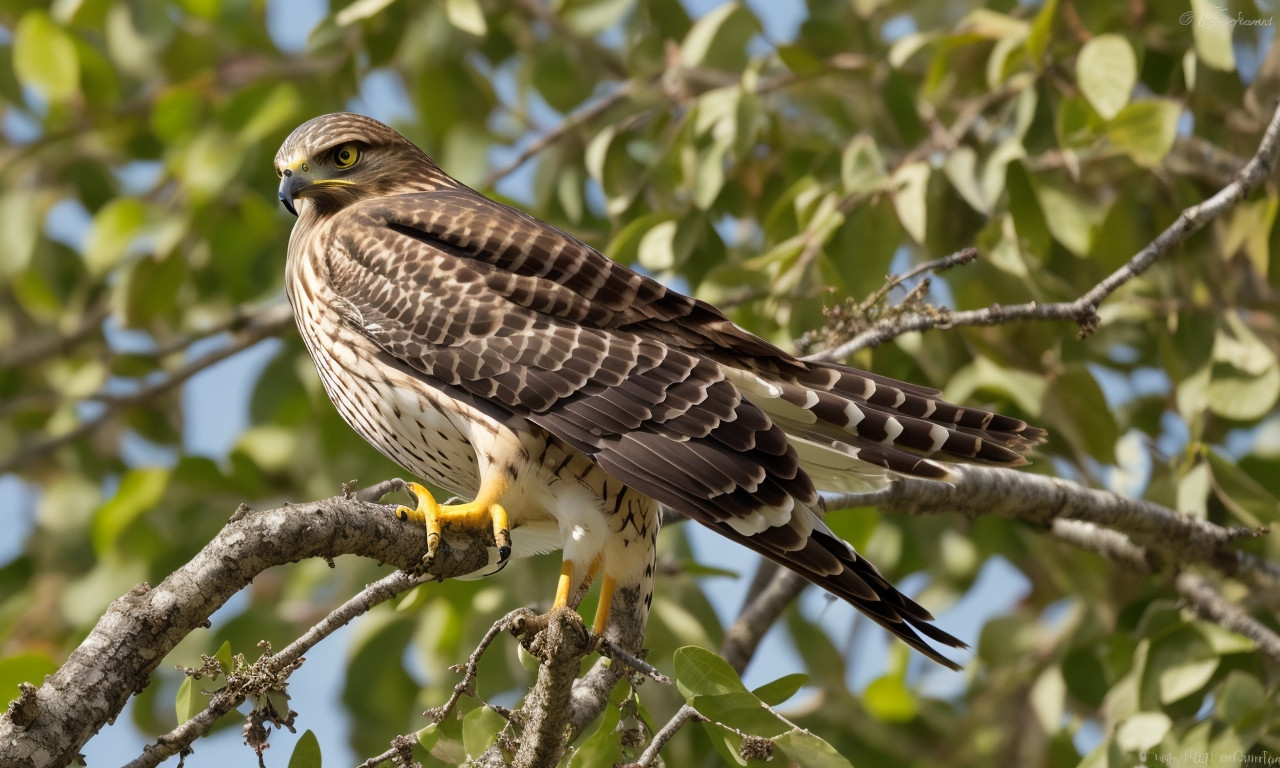
Hawks in Virginia are a diverse and captivating group of raptors, and knowing how to identify them can enhance your bird-watching experience. The Broad-winged Hawk is among the most common species you’ll encounter in the region during their migration seasons. These hawks are medium-sized with broad, pointed wings and distinct banding patterns on their tails, making them easier to identify when they soar high in the sky. They have a stocky build and a relatively short tail compared to other hawk species.
Coloration can range from a rich brown on their upper body to a paler, almost white underside adorned with horizontal barring. The Broad-winged Hawk is often seen gliding in large groups, known as "kettles," especially during their fall migration to South America. Listening for their distinctive, high-pitched whistle can also aid in identification.
Broad-winged Hawks prefer deciduous forests and are most often spotted near edges of woodlands or open spaces adjacent to forests, where they hunt for small mammals, amphibians, and insects. Being diligent about the specific habitats and behaviors of the Broad-winged Hawk will make identification more straightforward and rewarding for bird enthusiasts exploring Virginia’s rich avian life.
Rough-legged Hawk
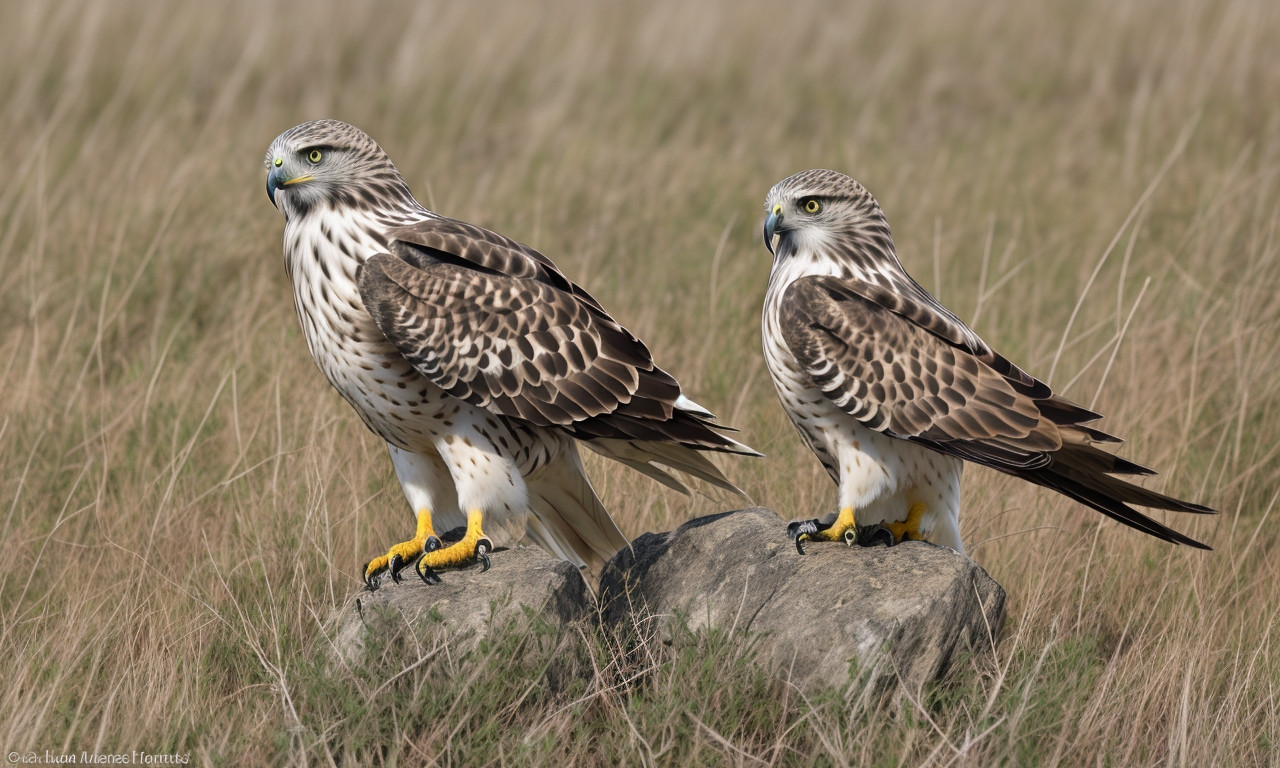
Hawks in Virginia: Quick Guide to Identifying Common Species
Virginia is home to a diverse array of hawk species, making bird-watching an exciting experience for enthusiasts. One of the notable species you might encounter is the Rough-legged Hawk. This hawk is a winter visitor to Virginia, recognized by its feathered legs, which help it withstand cold climates.
The Rough-legged Hawk is primarily found in open fields and marshes, often perched on poles or trees, surveying the ground for prey. They are adept hunters, specializing in small mammals and occasionally birds. These hawks have distinct plumage; look for a dark belly band contrasting against a lighter body and underwings that exhibit a striking black patch at the wrists.
Another feature to note is their flight pattern. The Rough-legged Hawk has a buoyant, hovering flight, which is different from the steady flapping of other hawks. They often soar with wings slightly raised, showing off their distinctive underside.
Identifying hawks in Virginia can be an incredibly rewarding activity. When out in the field, focus not only on physical characteristics but also on habitat and behavior. With a bit of patience and observation, distinguishing the Rough-legged Hawk from other species becomes an intriguing challenge and a gratifying achievement.
Hawks of Virginia – Frequently Asked Questions
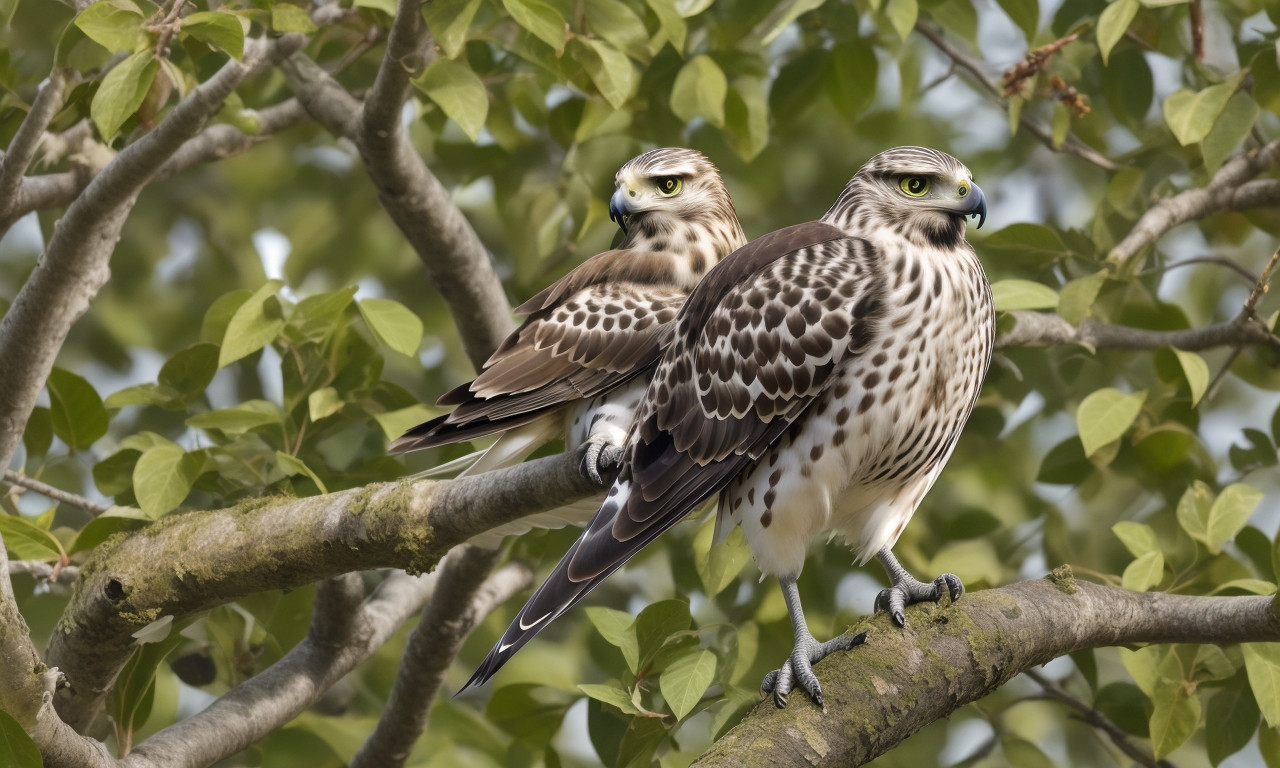
Virginia is home to a fascinating array of hawk species, each with unique characteristics that bird enthusiasts should learn to identify. Among the most commonly sighted are the Red-tailed Hawk, Red-shouldered Hawk, and Cooper’s Hawk. The Red-tailed Hawk is perhaps the most iconic, easily identified by its distinctive reddish-brown tail. Red-shouldered Hawks feature striking banded tails and checkered wings, while Cooper’s Hawks are fast, agile hunters with rounded wings and long tails.
One of the Hawks of Virginia – Frequently Asked Questions pertains to their habitat preferences. Red-tailed Hawks generally favor open fields and roadside areas, making them relatively easy to spot soaring overhead. Red-shouldered Hawks, on the other hand, prefer wooded areas and are often found near water sources such as rivers and lakes. Cooper’s Hawks are more adaptable, living in both rural and suburban settings.
Another common inquiry revolves around their diet. These hawks primarily feed on small mammals, birds, and reptiles, playing a crucial role in controlling the local ecosystem’s rodent and bird populations. Observing these magnificent birds in their natural habitat is a treat for any nature lover, and understanding the distinguishing features of each species enhances the experience. This guide aims to enrich your bird-watching excursions, making it easier to identify and appreciate the diverse Hawks of Virginia.
Are hawks rare in Virginia?
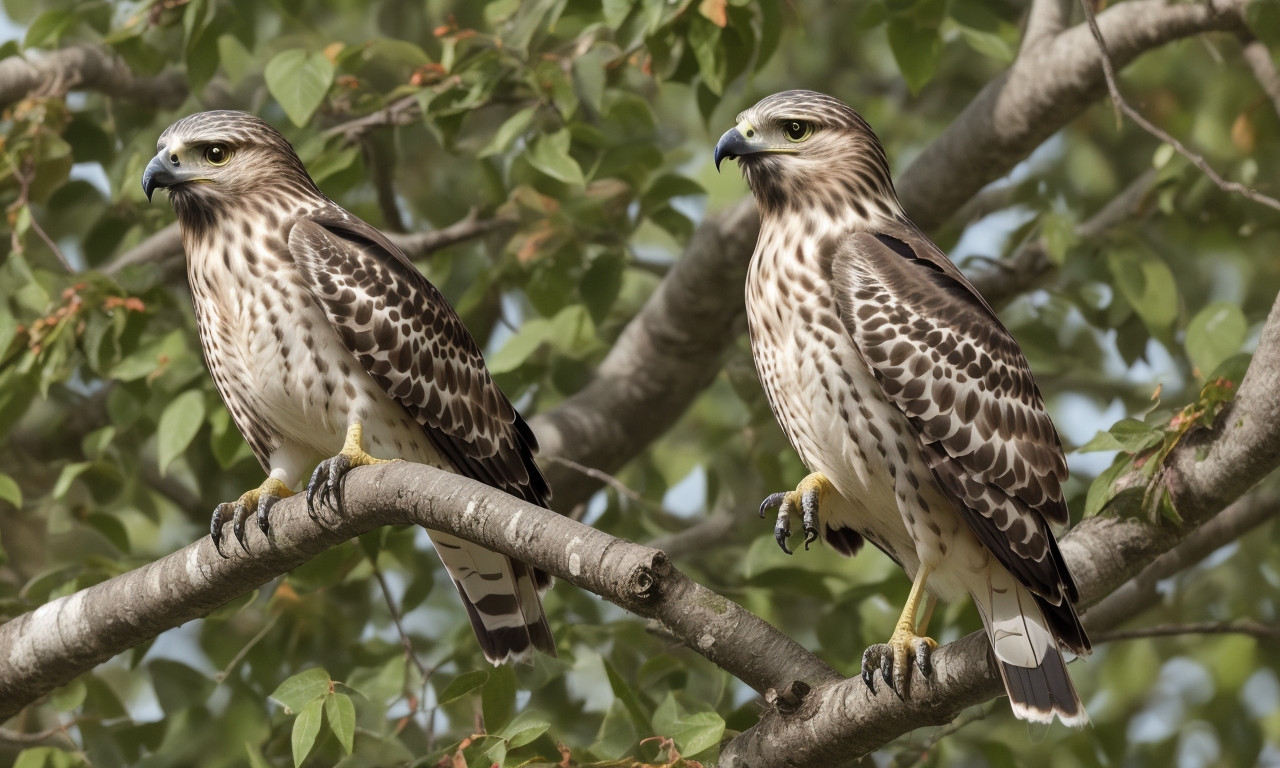
Hawks in Virginia offer a magnificent spectacle for bird enthusiasts. The region boasts a variety of hawk species, making it a prime spot for raptor watching. However, many wonder, "Are hawks rare in Virginia?" The answer is a delightful no. These birds of prey are fairly common, and birdwatchers can spot several species throughout the year. The most frequently seen include the Red-tailed Hawk, known for its distinctive rusty-red tail, and the Broad-winged Hawk, which often migrates in large flocks called kettles. The Cooper’s Hawk, with its long tail and short, rounded wings, also makes regular appearances, especially around woodland edges and suburban areas.
Among these, the Red-shouldered Hawk stands out with its striking red shoulders and barred pattern on its wings and tail. These hawks are often found near water bodies making loud, distinctive calls. In contrast, the elusive Northern Harrier, easily identified by its owl-like face and white rump patch, can be seen skimming low over marshes and fields, hunting for small mammals and birds.
Birdwatchers in Virginia can enjoy hawk watching year-round, and contrary to the question "Are hawks rare in Virginia?" these raptors offer an accessible and enriching wildlife experience in the state.
Are hawks protected in Virginia?
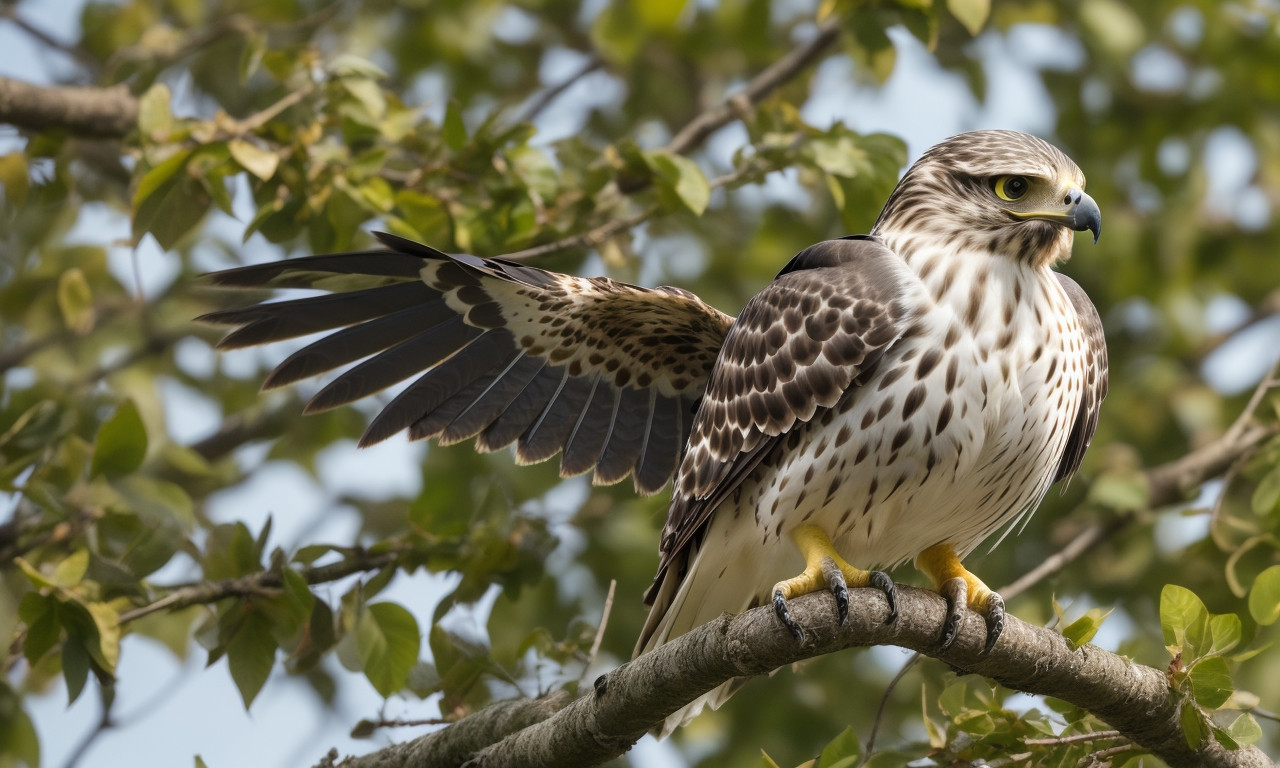
Virginia is a haven for hawk enthusiasts, offering a diverse range of these majestic raptors. Identifying common hawk species in Virginia can be both a thrilling and educational experience. Among the most frequently observed are the Red-tailed Hawk, Cooper’s Hawk, and Sharp-shinned Hawk. Red-tailed Hawks are recognized by their distinctive brick-red tails and broad wings, while Cooper’s Hawks feature blue-gray backs and are skilled hunters in wooded areas. Sharp-shinned Hawks are smaller and more elusive, often seen darting through dense foliage.
One of the critical aspects to consider is the conservation status of these magnificent birds. Are hawks protected in Virginia? The answer is a resounding yes. Hawks are safeguarded under both state and federal laws. These protections ensure that hawks cannot be hunted, trapped, or disturbed, helping to maintain their populations and natural habitats. The Migratory Bird Treaty Act is a crucial piece of legislation that provides extensive protection to hawks and other migratory birds, emphasizing the importance of conservation efforts.
Being informed about these regulations not only aids in their identification but also promotes responsible bird-watching practices. Virginia’s commitment to protecting hawks allows enthusiasts to appreciate these birds in their natural environment, ensuring their survival for future generations to enjoy.
Are there gray hawks in Virginia?
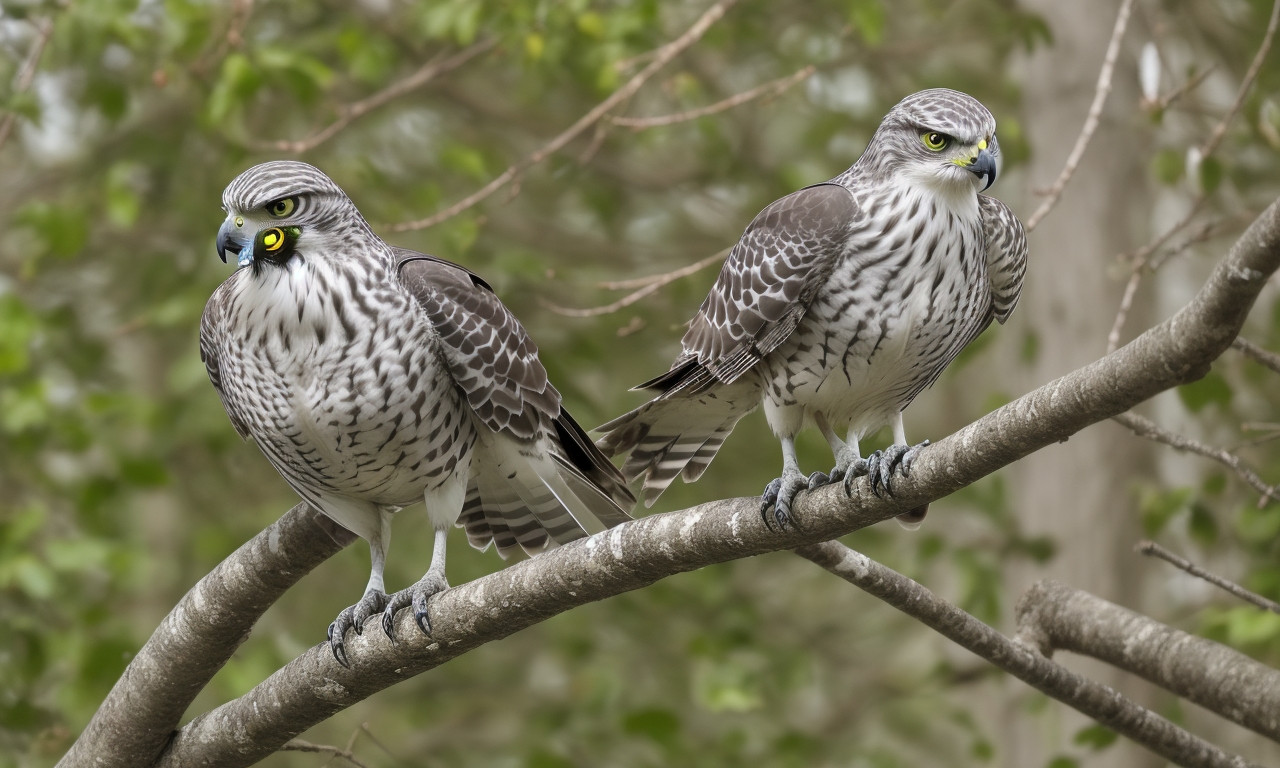
Virginia is home to a variety of hawk species, making it a fantastic destination for birdwatchers and nature enthusiasts. Identifying these magnificent birds can be a rewarding experience, offering fascinating insights into their behaviors and habitats. Commonly sighted species in the region include the Red-tailed Hawk, Coopers Hawk, and the Sharp-shinned Hawk. Each of these species has unique characteristics such as size, plumage, and flight patterns that aid in identification.
A frequently asked question by birdwatchers is, "Are there gray hawks in Virginia?" While the Gray Hawk is native to the southwestern United States and Mexico, it is not commonly found in Virginia. This species prefers warmer, subtropical climates and is thus rarely spotted in the state’s varied landscapes. However, Virginia’s hawk population is diverse and includes other striking species like the Broad-winged Hawk and the Northern Harrier.
Seasonal migrations bring sporadic visitors, and eagle-eyed birdwatchers may occasionally spot unusual species. Understanding the habitats, calls, and behaviors of these birds can enhance your identification skills significantly. The majestic presence of hawks in Virginia underscores the diversity of its natural environments, from forests and wetlands to open fields and suburban areas. So next time you’re out exploring, keep an eye to the sky for these incredible raptors.
Are there falcons in Virginia?
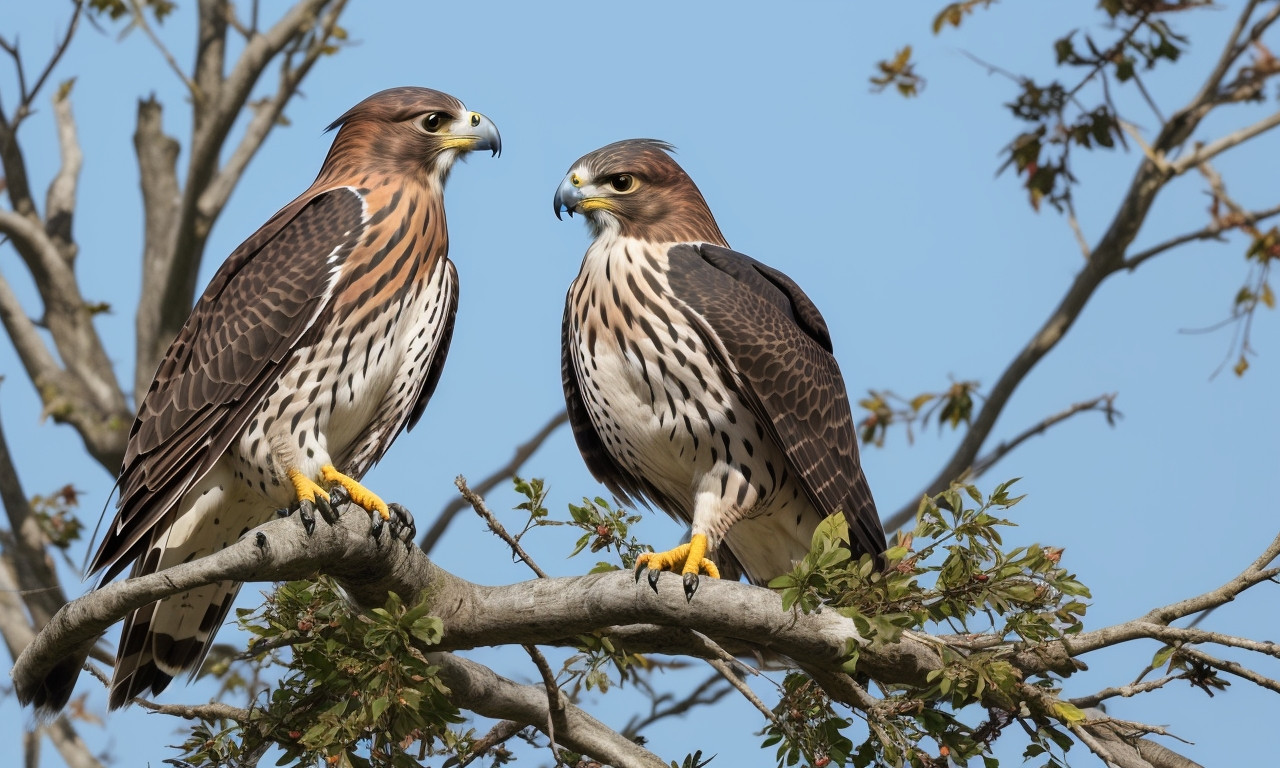
Hawks in Virginia present a fascinating world of avian diversity for birdwatchers and nature enthusiasts. The state is home to various species of hawks, each with unique characteristics and behaviors. Among the most commonly spotted are the Red-tailed Hawk, known for its distinctive brick-red tail, and the Cooper’s Hawk, recognized by its rounded wings and long tail. The Sharp-shinned Hawk, a smaller relative of the Cooper’s Hawk, also frequents Virginia’s skies, especially during migration seasons.
When exploring the avian life in Virginia, you might wonder, "Are there falcons in Virginia?" Yes, Virginia is home to several species of falcons, including the Peregrine Falcon, known as one of the fastest birds in the world. The American Kestrel, another falcon species, is often seen perched on telephone wires or hovering over fields in search of prey.
While hawks and falcons share similar habitats and hunting practices, distinguishing them involves noting differences in body structure and flying patterns. Hawks typically have broader wings and tails, while falcons possess slender, pointed wings suited for high-speed pursuits.
Understanding these subtle differences enhances the experience of birdwatching in Virginia. This quick guide provides essential insights for identifying common hawk species, answering the intriguing question: Are there falcons in Virginia?
What is the most common hawk in Virginia?

Hawks in Virginia are a captivating subject for bird enthusiasts and casual observers alike. The diverse landscape of the state provides a welcoming habitat for several hawk species. Among the various species, the Red-tailed Hawk stands out. What is the most common hawk in Virginia? The answer is unequivocally the Red-tailed Hawk. This raptor is renowned for its distinctive reddish-brown tail, making it easy to spot even for the untrained eye.
Red-tailed Hawks are often seen perched high on trees or poles, scanning the ground for prey. Their diet mainly consists of small mammals, but they are also known to consume birds and reptiles. Being highly adaptable, these hawks thrive in various environments, from forests to open fields and even suburban areas.
Besides the Red-tailed Hawk, other species such as the Broad-winged Hawk, Cooper’s Hawk, and Sharp-shinned Hawk are also present in Virginia but are less commonly seen.
Understanding hawk behavior and physical traits is essential for accurate identification. For instance, Red-tailed Hawks have robust bodies and a wingspan that can reach over four feet. Observing these characteristics can enhance your bird-watching experience. So next time you’re in Virginia, look up and see if you can spot the ever-present Red-tailed Hawk, the most common and easily identifiable hawk in the region.

